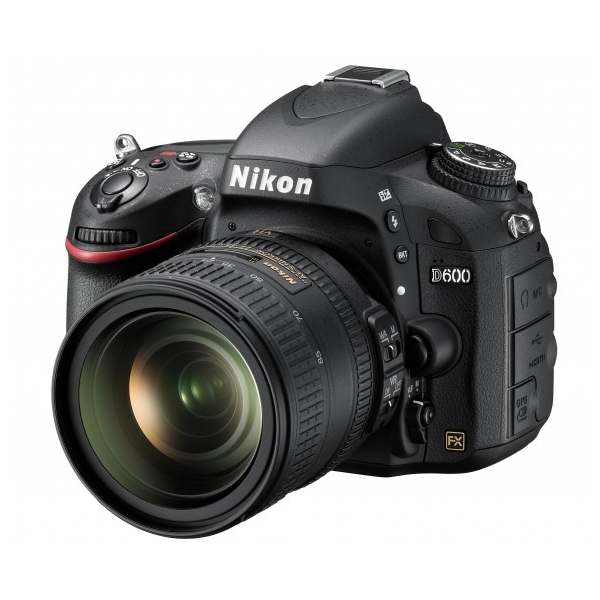
Intel’s decision to keep DDR3 memory for Haswell is in the users’ best interests as the price of such memory is continuously falling. The problem for the company was ensuring a large enough bandwidth for the powerful iGPU.
During this year’s IDF event in San Francisco, California, the company presented various aspects of the new architecture and an interesting bit of info is the fact that the chip will also benefit from a large on-package cache, AnandTech reports.
This cache is Intel’s solution for keeping the Haswell GT3 iGPU well fed. The buffer will be 128 MB in size and on-package means that the memory will not be on-die like the usual cache is, but there’s no clear info on the way it is actually designed.
Intel...



 9/13/2012 11:47:00 PM
9/13/2012 11:47:00 PM
 dannzfay
dannzfay



















